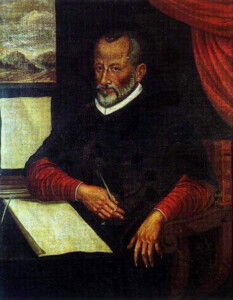When I began the monastic novitiate twenty-five years ago, I was assigned to read two books by Saint Teresa of Avila, whose feast we are celebrating today. The Way of Perfection and The Interior Castle have been companions of mine ever since. Saint Teresa writes in a relatively simple, even folksy style, but her knowledge of contemplative prayer is almost unparalleled. Her knowledge comes from a deep experience of God in prayer, borne out of suffering and a willingness to trust Him in all circumstances.
Two of her insights have been especially helpful for me. First of all, however lofty the concept of contemplative prayer may sound or even be, it is always rooted in the Incarnation of Jesus Christ. We can never go wrong meditating on His life, death, and resurrection in the body. This is why He refers to Himself as “The Way.” No one comes to the Father except through Him, through His two natures, human and divine. The second insight that true contemplative prayer is a gift from God. We cannot generate it by working hard. We can dispose ourselves for contemplative prayer. But in the end, God will decide whether this gift will profit us or others. In fact, God may be very active in our souls, but hide this fact from us to keep us from taking it for granted or feeling superior to others.
